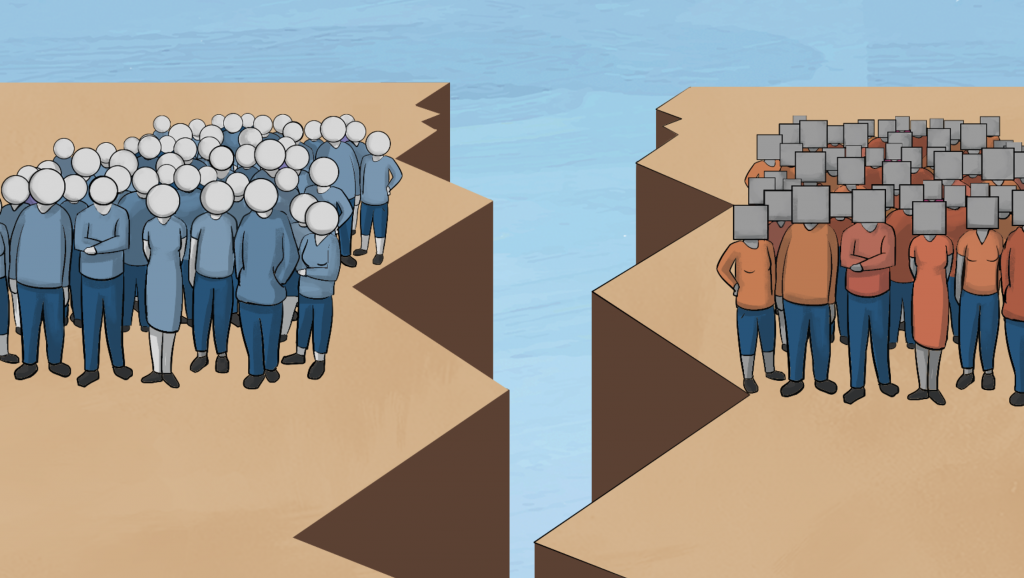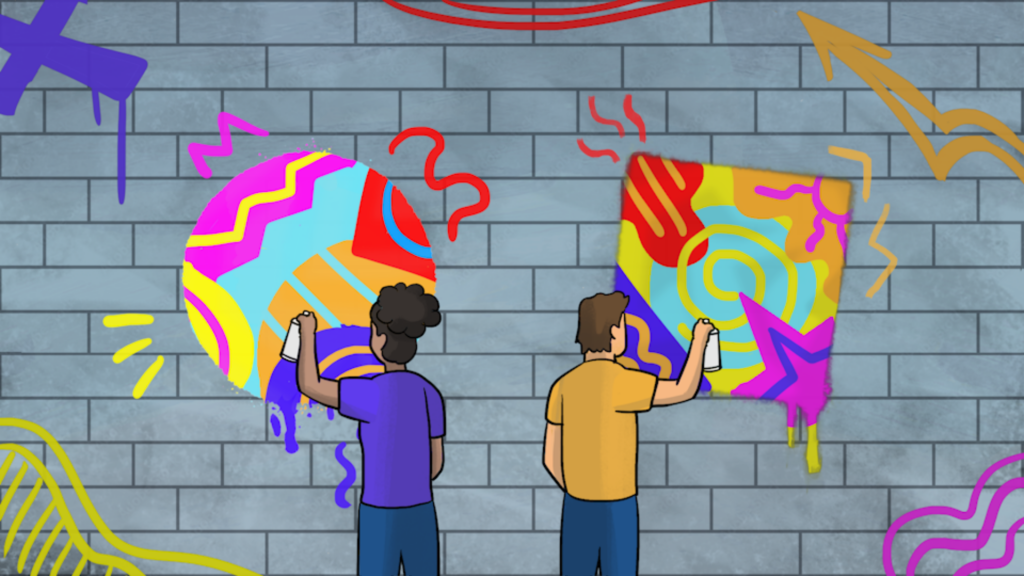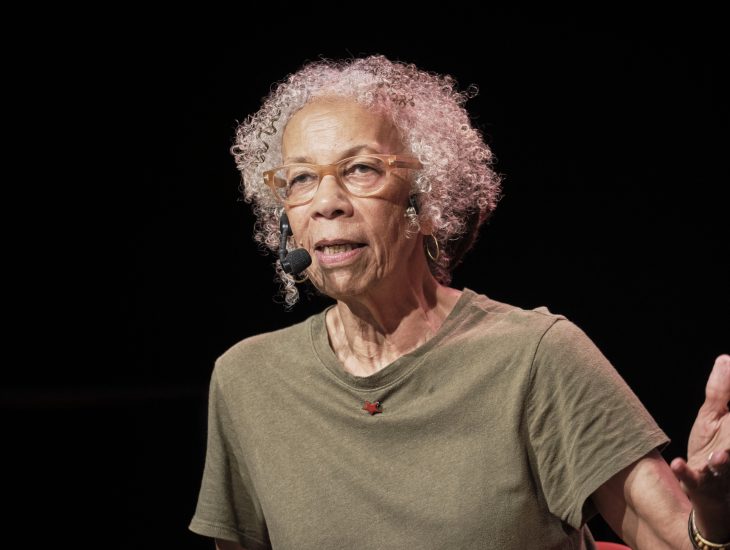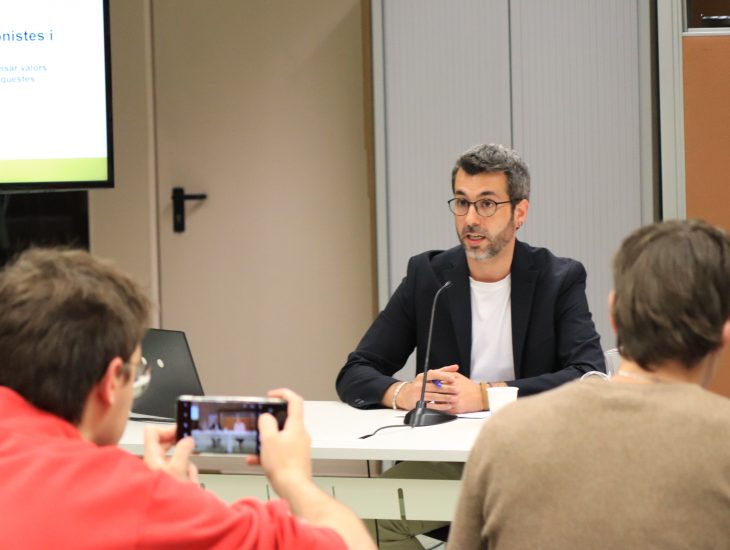Polarization, in so far as the existence of opposing positions regarding debate topics, is not harmful to society.
Beyond the confrontation of ideas typical of a democratic system, there is a phenomenon on the rise in many established democracies that is pernicious in many ways. It is toxic polarization, a dynamic in which different positions are belittled and delegitimized: “others” are seen as “enemies”, and there is no place for dialogue, debate and confrontation of constructive ideas.
Dealing with toxic polarization is a challenge as a society because it affects coexistence, cohesion and democratic culture. Toxic polarization impairs political and social debates, generates political disaffection and can lead to violence.
The animated audiovisual “Risks of toxic polarization: how to deal with it”, made by the ICIP and Intuitivo Films, warns about this harmful dynamic and exposes some tools we have at our disposal to avoid it.
Symptoms of toxic polarization
Categorical, simplistic and nuanced approaches – reducing debates to black or white – indicate toxic polarization. But so are the use of belligerent language – calling people who think differently “enemies” or “traitors”, for example – the appeal to feelings rather than arguments, the absence of self-criticism and exclusionary thinking – be with me or against me.

Tools to deal with it
Dialogue is the main tool to prevent or redirect conflicts: political dialogue at an institutional level and social dialogue in all spheres of society.
Based on this premise, increasing the ability to listen and dialogue with people who think differently is key to reducing toxic polarization. So is the ability to self-criticize and to identify and neutralize toxic polarizing actors – through, for example, isolation or silence.

The audiovisual production is part of the ICIP’s work area, “Social and political dialogue“, which aims to offer tools for analysing, managing and transforming conflicts.



